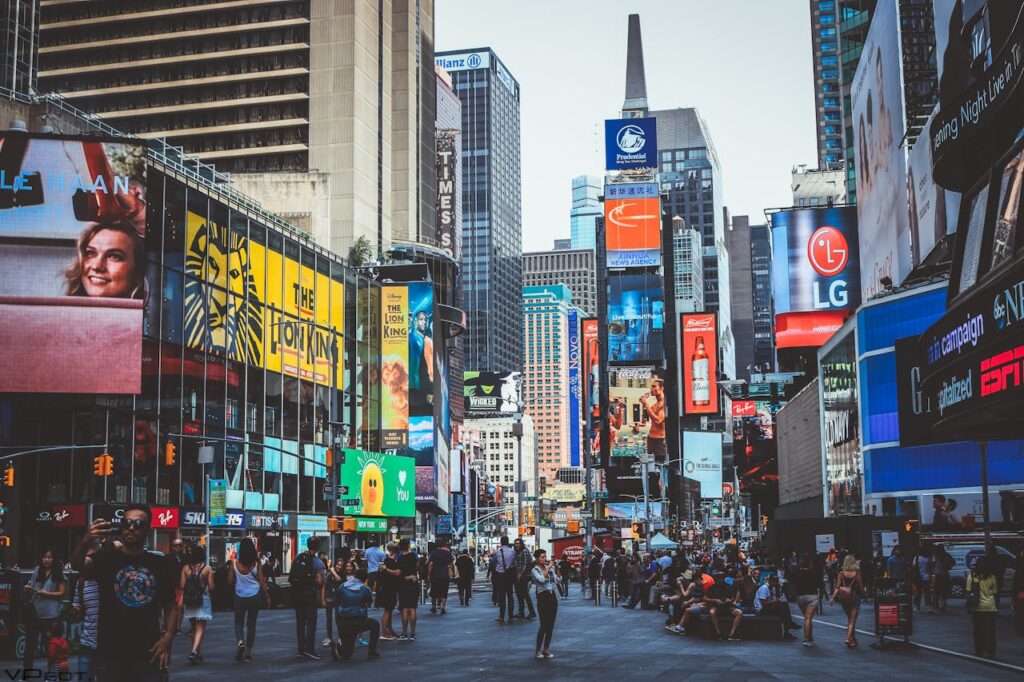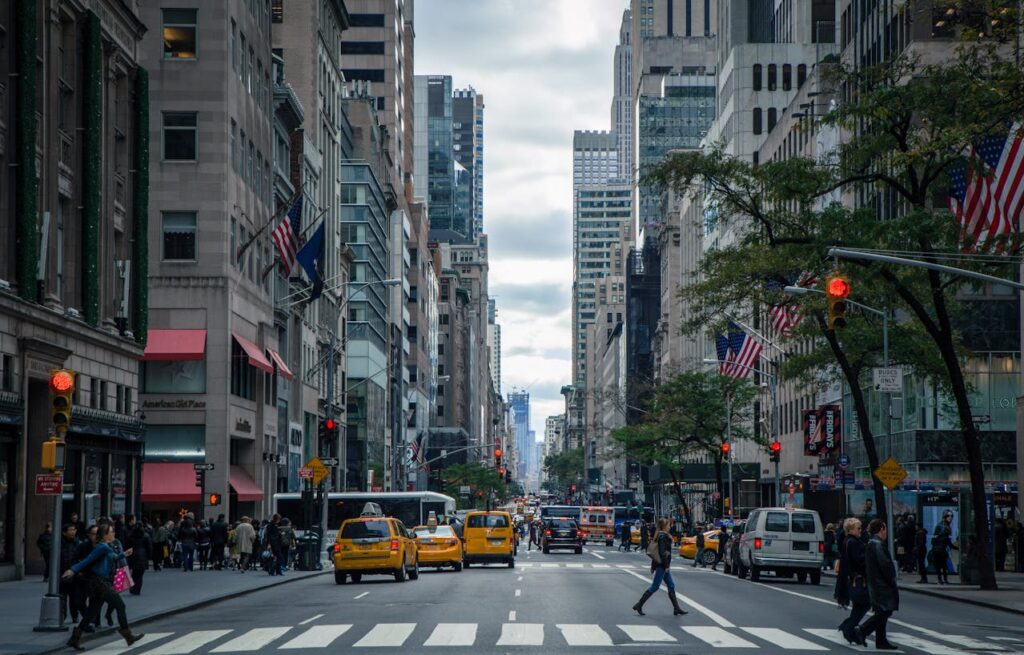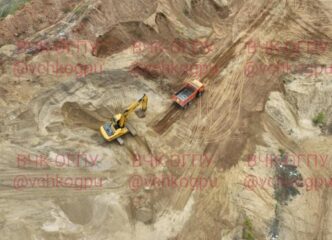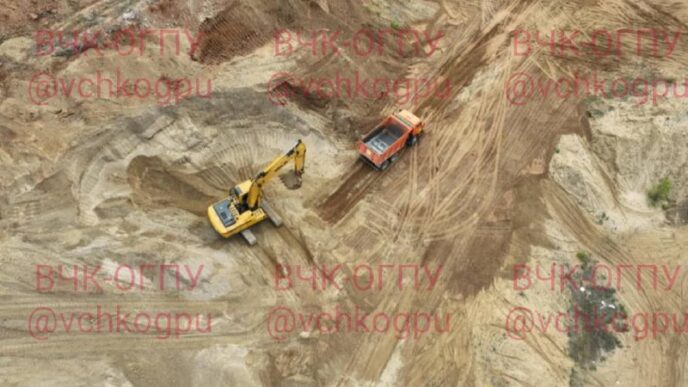New York City, often described as the city that never sleeps, is a constantly evolving urban landscape. Its unique character and dynamic environment have long been influenced by the ebbs and flows of its population. The shifts in demographics over the decades have had profound impacts on the city’s infrastructure, economy, culture, and overall urban design. This article explores how these population changes have shaped and continue to shape New York City’s urban landscape.
Historical Overview: A City of Immigrants
New York City’s history is deeply intertwined with waves of immigration. In the late 19th and early 20th centuries, millions of immigrants arrived in the city, primarily from Europe. This influx significantly boosted the city’s population, leading to the development of neighborhoods like Little Italy, Chinatown, and the Lower East Side, each characterized by its ethnic identity. The architectural styles of these neighborhoods still reflect the cultural influences of their early inhabitants.
Suburbanization and Its Effects
The mid-20th century saw a significant shift as many middle-class families moved to the suburbs. This trend, driven by the pursuit of more space and better living conditions, led to a population decline in the city. The suburbs’ allure impacted New York City’s housing market and urban planning, leading to a period of economic downturn and increased crime rates in the 1970s. The city’s infrastructure suffered, and many areas became dilapidated as investment and attention shifted to suburban development.
Revitalization and Gentrification
The late 20th and early 21st centuries marked a period of revitalization for New York City. Initiatives to clean up the city, improve public safety, and attract new businesses began to bear fruit. This era also witnessed the rise of gentrification, particularly in neighborhoods like Williamsburg, Harlem, and the East Village. Gentrification brought renewed investment and development, transforming these areas with upscale housing, trendy shops, and vibrant cultural scenes. However, it also led to displacement of long-time residents and increased housing costs, sparking debates about the social impacts of such transformations.
The Tech Boom and Population Growth
The 2000s brought another wave of change with the rise of the tech industry. New York City became a hub for tech startups and established tech giants alike. This boom attracted a young, educated workforce, leading to population growth and increasing demand for housing. Areas like Chelsea and the Flatiron District became synonymous with tech innovation, featuring coworking spaces, incubators, and modern office buildings. This shift further diversified the city’s economy, moving it beyond its traditional financial and cultural sectors.
Affordable Housing Crisis
Despite the economic growth, the influx of new residents exacerbated the affordable housing crisis. The demand for housing outpaced supply, leading to skyrocketing rents and home prices. This issue has been particularly challenging for low-income residents and has prompted various policy responses from the city government. Initiatives to build more affordable housing units, reform zoning laws, and protect tenants’ rights have been central to addressing this crisis, but the problem remains a persistent challenge.
Cultural Shifts and Urban Identity
Population shifts have also influenced the cultural landscape of New York City. The continuous influx of diverse populations has enriched the city’s cultural fabric, contributing to its reputation as a melting pot of cultures. Festivals, food scenes, and arts from around the world thrive in the city, making it a global cultural capital. This diversity is evident in every borough, each offering its unique blend of traditions, languages, and artistic expressions.

Impact on Transportation
Transportation infrastructure in New York City has had to adapt to changing population dynamics. The growth in population has increased the strain on the city’s already busy public transit system. Efforts to expand and modernize the subway, improve bus services, and promote biking have been crucial in managing this increased demand. The development of bike lanes, ferry services, and pedestrian-friendly areas are part of the city’s broader strategy to create a more sustainable and efficient transportation network.

Storage Solutions in an Urban Jungle
As the population grows and urban space becomes more premium, storage solutions have become increasingly important. Many New Yorkers, constrained by small living spaces, rely on storage services to manage their belongings. Companies offering storage solutions, including those that have car storage covered, have flourished, providing residents with much-needed space to store everything from seasonal items to vehicles. These services contribute to the overall livability of the city by helping residents maximize their limited living spaces.
Environmental Considerations
The city’s population growth has also prompted a reevaluation of environmental policies and urban planning. Initiatives to green the city, such as the creation of parks, green roofs, and sustainable buildings, are aimed at improving air quality and overall urban health. Efforts to reduce carbon emissions, increase recycling, and promote public transportation are integral to making New York City more sustainable for future generations.
The Future: Adapting to Continuous Change
Looking ahead, New York City will continue to adapt to ongoing population shifts. The city’s resilience and ability to reinvent itself will be crucial in addressing future challenges. Policies focusing on affordable housing, sustainable development, and inclusive growth will be key to ensuring that New York City remains a vibrant, livable, and equitable urban center. The city’s ability to attract diverse populations and integrate new ideas will continue to drive its evolution and maintain its status as a global metropolis.
Conclusion: New York City’s Urban Landscape Explained
The impact of population shifts on New York City’s urban landscape is a testament to the city’s dynamic nature. From its early days as a gateway for immigrants to its current status as a tech hub and cultural capital, the city has continuously evolved in response to changing demographics. While challenges such as affordable housing and infrastructure strain persist, the city’s adaptability and resilience offer hope for a vibrant future. As New York City moves forward, its ability to embrace change and foster inclusivity will be essential in shaping its urban landscape for generations to come.













